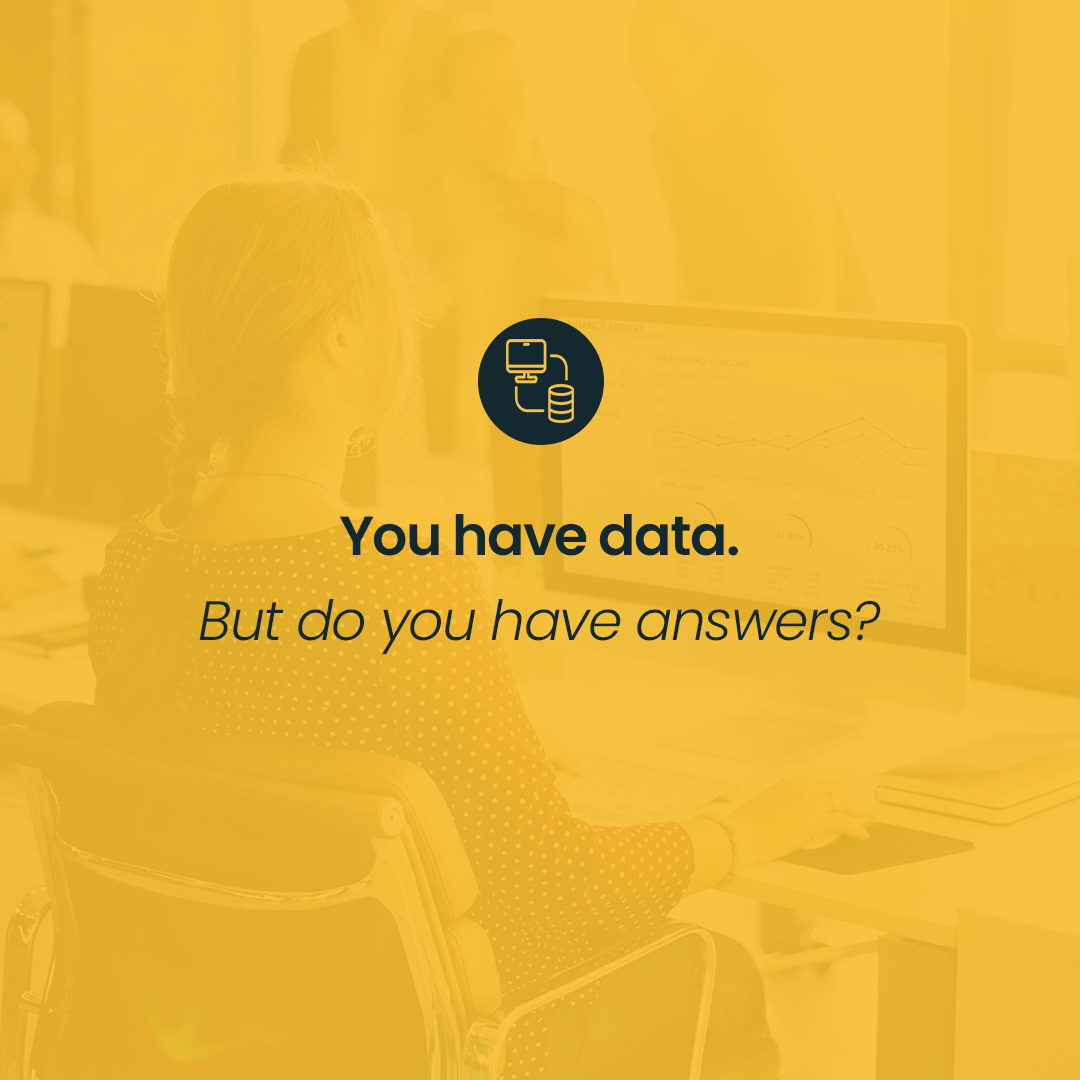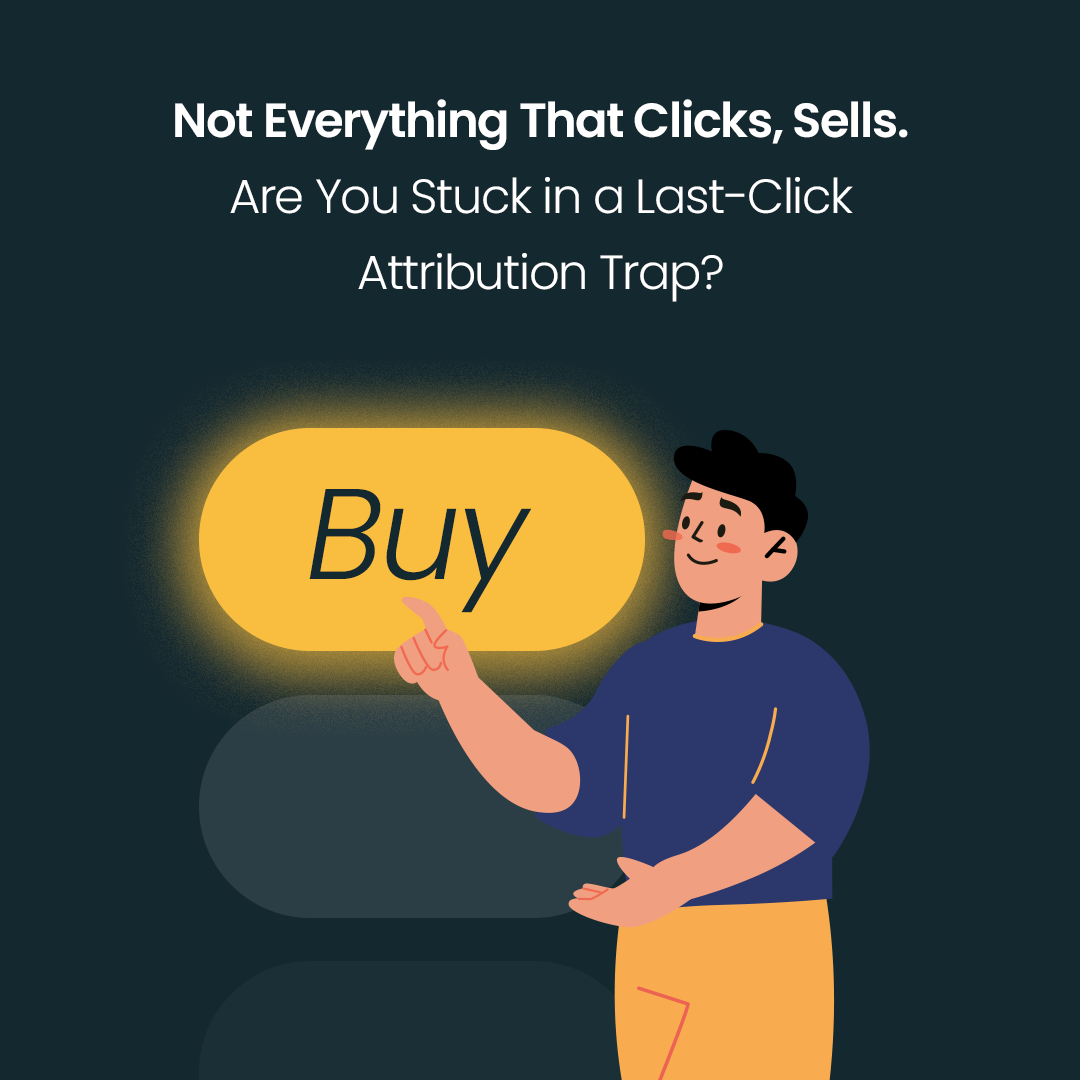Just as mediaeval alchemists sought their magnum opus – their greatest work – in unifying base elements into something precious, modern marketers face a similar challenge: transforming scattered marketing data into unified, valuable insights. Enter Opus One, your marketing data's magnum opus, where the art of data integration meets the science of cloud computing.
What is Opus One?
Opus One is a marketing data integration tool built on Google Cloud Platform. It addresses a key challenge in digital marketing: consolidating data from multiple platforms into a single, organised view while maintaining consistent naming conventions. Using automated connectors and data processing, it converts scattered marketing data into clear, actionable insights.
First, the data collection process connects directly to advertising platforms' APIs. The system integrates with the complete Google Marketing Platform suite, including CM360, DV360, SA360, and GA4, as well as Meta Marketing API, TikTok Ads API, LinkedIn Marketing API, and Twitter Ads API and many others. From these sources, it pulls raw performance data including impressions, clicks, video views, conversions, and cost metrics at the individual ad level.
The second process, data standardisation, uses a centralised configuration in Google Sheets to implement a unified structure across all platforms. This includes creating a standard campaign naming convention, normalising metric definitions such as view-through conversions, aligning dimension mappings for creative types and ad formats, and handling currency conversion for multi-market campaigns.
The third process involves data processing through Python scripts running on Cloud Run. These scripts validate incoming data against predefined rules, apply regex patterns to extract campaign attributes from ad names, aggregate metrics across multiple levels from creative to campaign, merge performance data with media planning information, and calculate derived metrics like CPM, CPC, CTR, and conversion rates.
The true value of integrated marketing data becomes apparent in Opus One's reporting interface, built in Looker Studio. The system creates four distinct dashboard sections that give marketing teams comprehensive visibility into their campaigns.
Current data integration challenges
Marketing teams typically run campaigns across multiple platforms, each with its own reporting system, naming conventions, and data structure. The standard approach to handling this involves manually downloading reports from each platform, working to standardise naming conventions across teams, and spending significant time in spreadsheets merging everything together.
This manual process creates several problems: it's time-consuming, prone to errors, delays reporting, and reduces time available for analysis and strategy. It often results in inconsistent data, making it difficult to make informed decisions based on the results.
How Opus One works?
The system's architecture consists of several integrated components working in concert. At the data collection layer, Cloud Run instances execute API connectors on scheduled intervals, with each connector utilising platform-specific API endpoints and authentication methods. The raw data flows into BigQuery tables with automatic schema detection, while Cloud Tasks manages API rate limits and retry logic to ensure reliable data collection.
In the data processing layer, Python scripts handle transformations using pandas and numpy libraries. These scripts process ad names through regular expressions to extract campaign attributes, calculate derived metrics, and apply specific business rules. A comprehensive error handling system captures and logs any data inconsistencies for review.
Configuration management utilises Google Sheets as a user interface where teams can manage campaign naming conventions, metric calculation rules, dimension mapping tables, and data validation parameters. Any changes in configuration automatically trigger updates in the processing pipeline.
For storage and analytics, BigQuery implements a multi-layer data model. Raw data tables store unprocessed API responses, staging tables contain cleaned and validated data, and presentation tables offer optimised views for reporting. The system uses partitioning and clustering to optimise query performance.
The final stage of the Opus One system transforms processed marketing data into actionable insights through a carefully designed reporting layer. After data is collected through APIs and processed in BigQuery, it flows into a reporting system built on Looker Studio, creating a seamless path from raw data to visual insights.
This reporting architecture ensures that marketing teams spend less time building reports and more time deriving insights from their data. Whether viewing high-level performance metrics or drilling down into specific campaign details, teams have access to reliable, up-to-date information that drives better marketing decisions.
Real implementation results
The practical impact of this system is evident in STADA Poland's pharmaceutical campaigns. Opus One processes daily data from six advertising platforms, handling over 150 active campaigns with more than 1,000 ad variations and tracking 20+ performance metrics per ad. Through automated API data collection at 6 AM daily, standardised naming conventions across platforms, automated metric calculation and validation, and direct integration with reporting dashboards, the system reduced daily data processing time from hours to minutes.
Moreover, by combining comprehensive data integration with intuitive visualisation tools, Opus One transformed complex marketing data into clear, actionable insights that enabled better campaign performance and more efficient budget allocation.
Getting started with Opus One
Getting started with Opus One in a few steps:
Contact us
Send us an email at: mateusz.tracz@salestube.plFree consultation
We’ll provide a free consultation where we analyse whether Opus One is the right solution for your business challenges.Workshops
During workshops with our data engineering team, we will define your business needs and propose a tailored smart solution.Opus One implementation
Implementing Opus One for your business will take a few weeks, but the results will be well worth it! 😉Training
After implementation, we offer training sessions to help you and your team get the most out of the tool.Fully On Board
Now, you and your media planning team are fully equipped to optimise your marketing activities effectively.






